10 Tips For A New Dog Owner
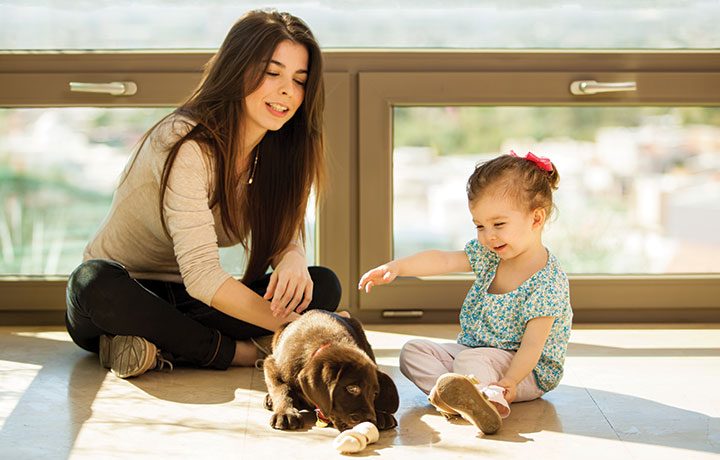
Are you a new dog owner? We’re here to help! We’re sharing ten tips for dog owners to help ease the transition and help pets adapt to their new home.
Establish a Routine
Dogs crave predictability. Stick to the same times when feeding, walking, training and departing your home.
Provide a Private Spot for Your Dog
Dogs, like people, need time to themselves. Create a spot with a crate or a mat that is the equivalent of a person’s bedroom. Call your dog—or better yet teach a targeting cue—to get your dog away from his space, rather than invading his space.
Limit Interactions with New People, Places and Things
Unless your dog is a puppy—and you’ll still want to proceed with positive, controlled interactions if he is—keep his world relatively small. He’s learning the routine and building his relationship with you. Your friends, family members and neighbors are strangers to him.
Let your dog explore his neighborhood in short walks around the block, slowly incorporating more of the neighborhood: Avoid dog parks for now. It’s always better to proceed cautiously, since it’s much harder to undo a negative association that your dog makes. A dog may also have never seen common household items. Build positive associations with new items by clicking, then feeding a dog with yummy food after he notices an object of concern. Looking is a behavior. Reinforce your dog with a delicious treat just for looking at new people, places or things.
Begin Positive Reinforcement Training in Your Home
Classes are helpful tools for teaching your dog how to live in the human world. However, training in your home for the first month establishes the line of communication, while also allowing your dog to learn in a distraction-free setting. Marker or clicker training is the fastest, clearest way to establish communication.
The Kikopup YouTube channel is an excellent resource, with short videos. Start with “What is Clicker Training?” followed by “How to Teach Touch.” Seeing how fast, and how many behaviors, dogs can learn will impress dog owners. Remember, a dog will conduct dog behaviors unless you teach him what’s appreciated by humans.
Shift Calories Out of the Food Bowl
The food bowl was invented by humans. Use some of a dog’s daily calories in short training sessions, about five minutes. Spread training sessions throughout the day. Use some of the dog’s meals to reinforce a loose leash while walking.
Understand That Dog-to-Dog Introductions Can be Stressful
Many dogs are dog-selective, meaning they like certain dogs and not others. Many dogs also find leash greetings uncomfortable. Limit or avoid these greetings until you learn more about your dog’s stress signals.
Observe Your Dog at His Calmest
What do his ears look like? What does his mouth do? Notice his tail—what position is it in? What is the demeanor of his entire body? Since dogs communicate with the slightest of body movements, dog owners need to learn their dog’s body language. Departures from calm behaviors mean your dog is concerned. Make positive associations with what concerns your dog by using food. Feed him after he sees something of concern. This sequence is crucial. Also, distance your dog from any triggers.
Let Your Dog Initiate Contact with People. Never Force an Interaction
Remember that many dogs do not like strangers touching them. Provide a stranger with some tasty treats. Let the person gently toss a treat to your dog. The person can then simply leave a hand extended for your dog to investigate. If your dog solicits attention, the person can gently pet your dog on the chest. Some dogs find it uncomfortable and threatening to be petted on top of the head.
Seek Help and Ask Questions
There is information on the internet–yet much of it is incorrect on the science of learning. Punishment-based training may suppress some behaviors, but it is not fixing the underlying cause. Instead, focus on reinforcing any behaviors that you like from your dog. Tell your dog what pays. For example, reinforce four-paws-on-floor if your dog likes to jump on people. Train alternative behaviors to undesirable ones. Otherwise, dogs are simply conducting dog behaviors.
Have Fun With Your New Dog!
Playing, feeding, walking and interacting with your new dog builds a lasting bond. Take it easy the first month and get to know each other before widening the circle. You’ve got a lifetime together.
A version of this article was originally published in our Fall 2015 print issue.
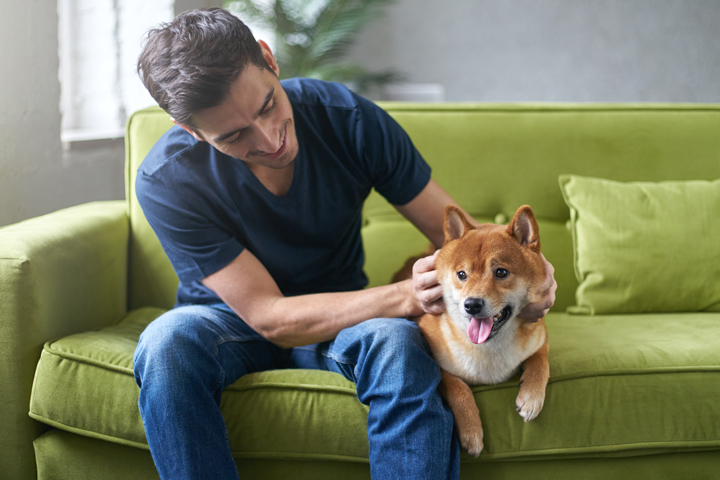
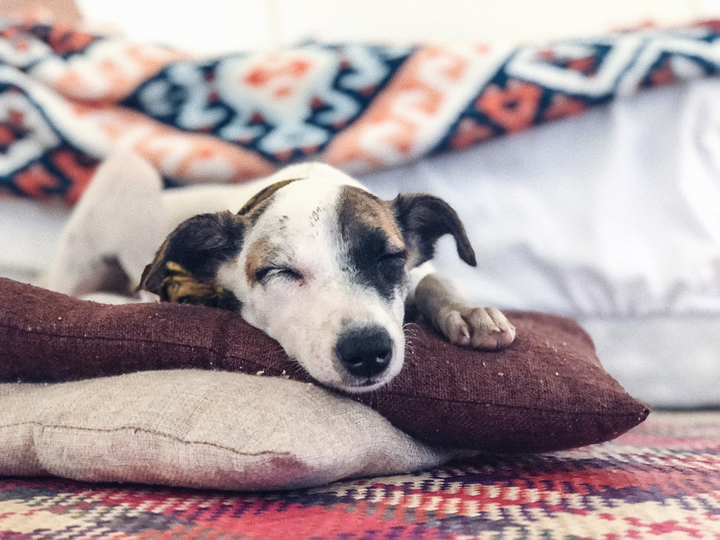
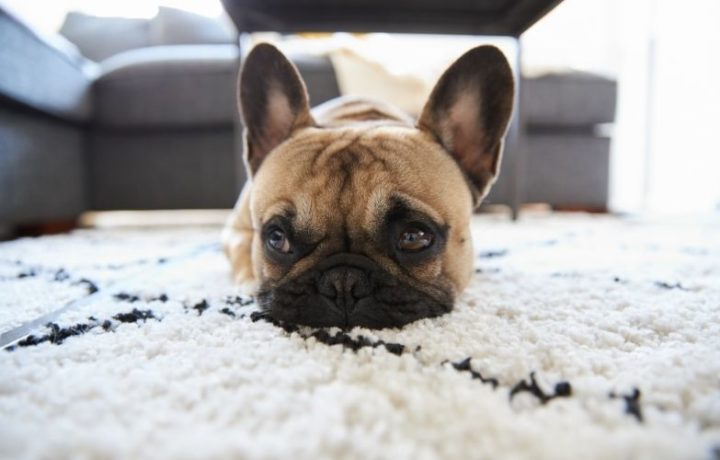
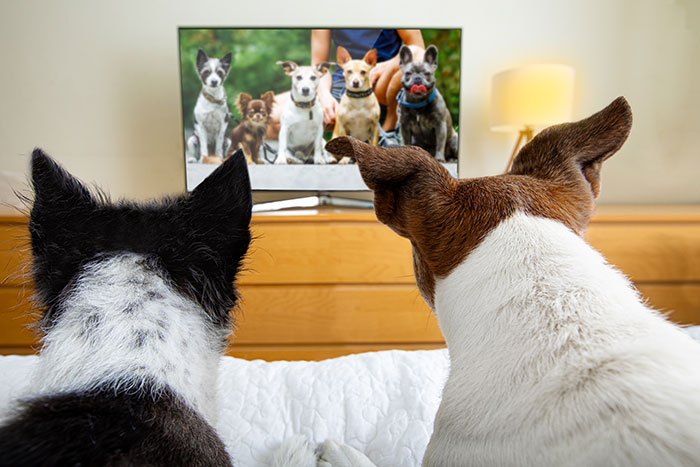
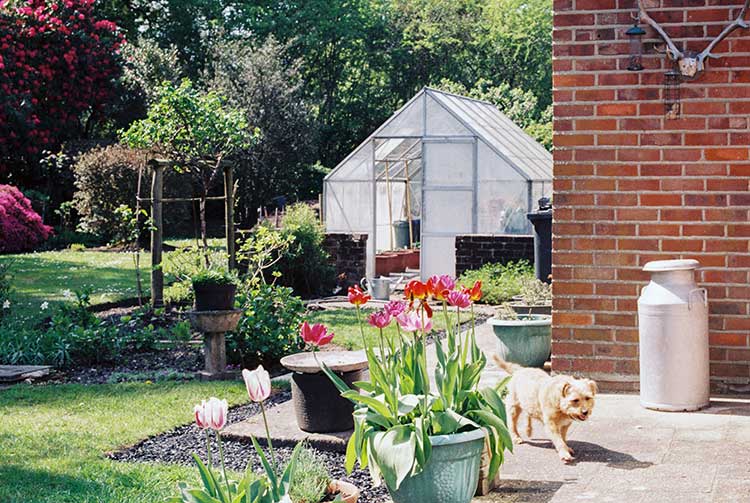
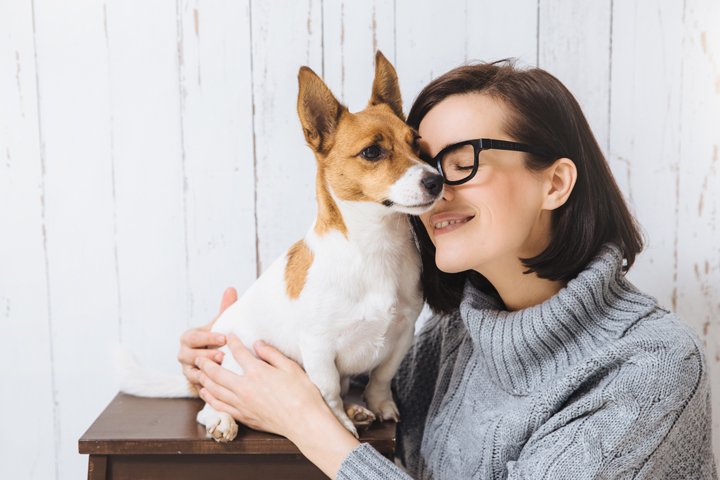
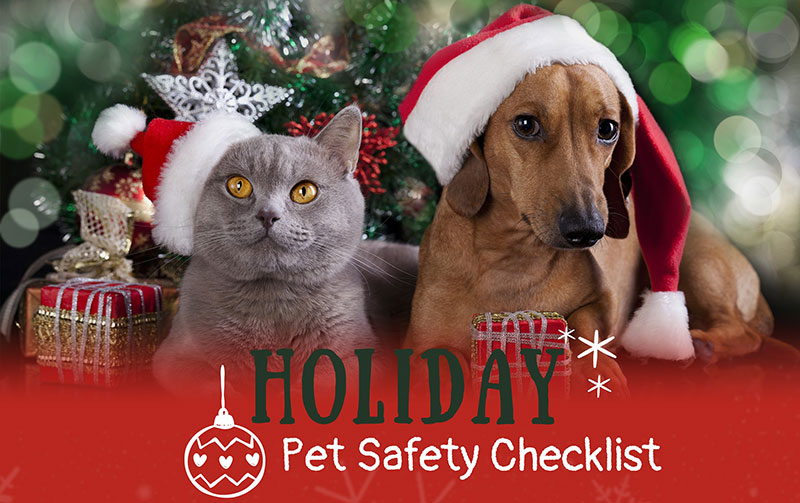
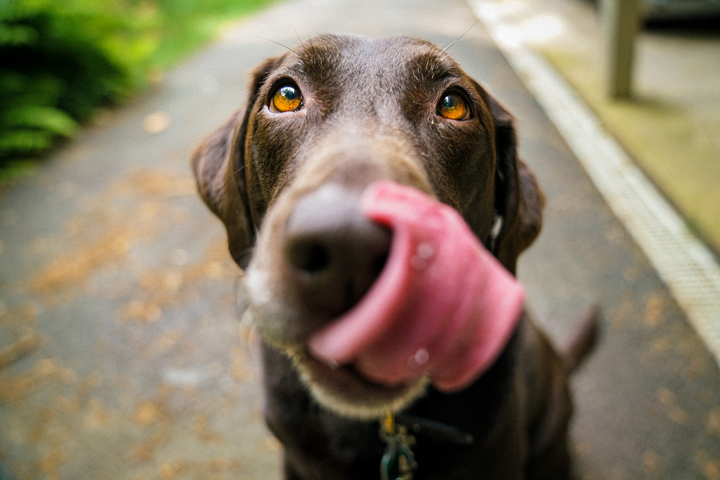
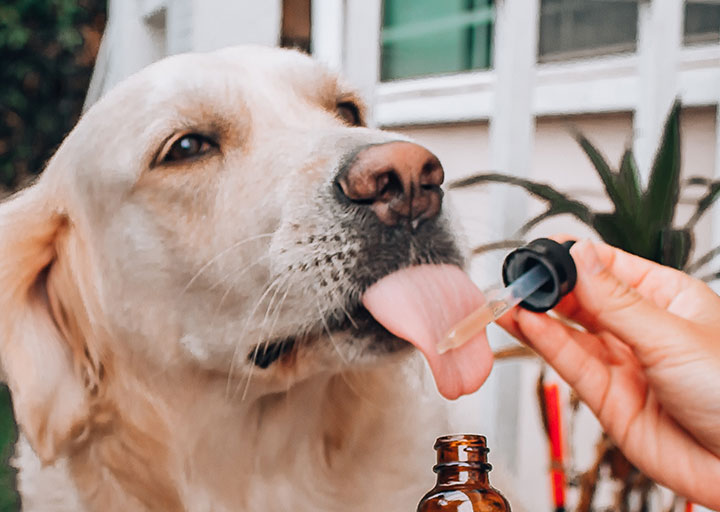
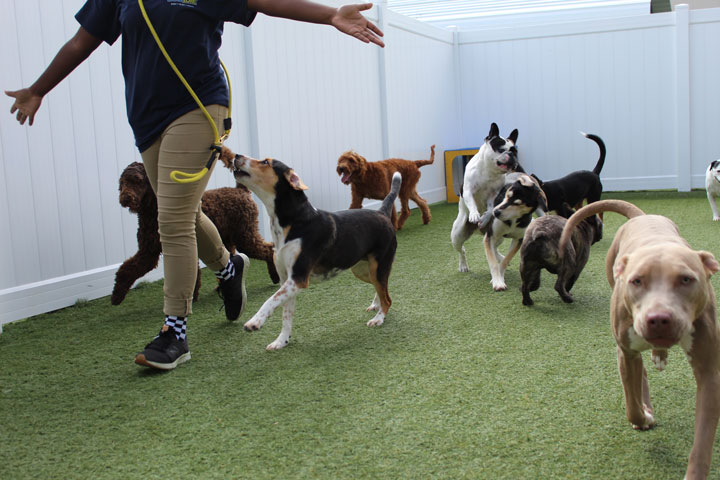
Making sure that a dog is the first to interact with a new person definitely feels like the best way to do it. I can bet that this is the easiest way for my dog to be able to get along with the rest of my family, especially considering how a lot of my friends and family are also dog owners. I’ll make sure I get my dog to interact this way when I find a pet store that helps me adopt my first one.